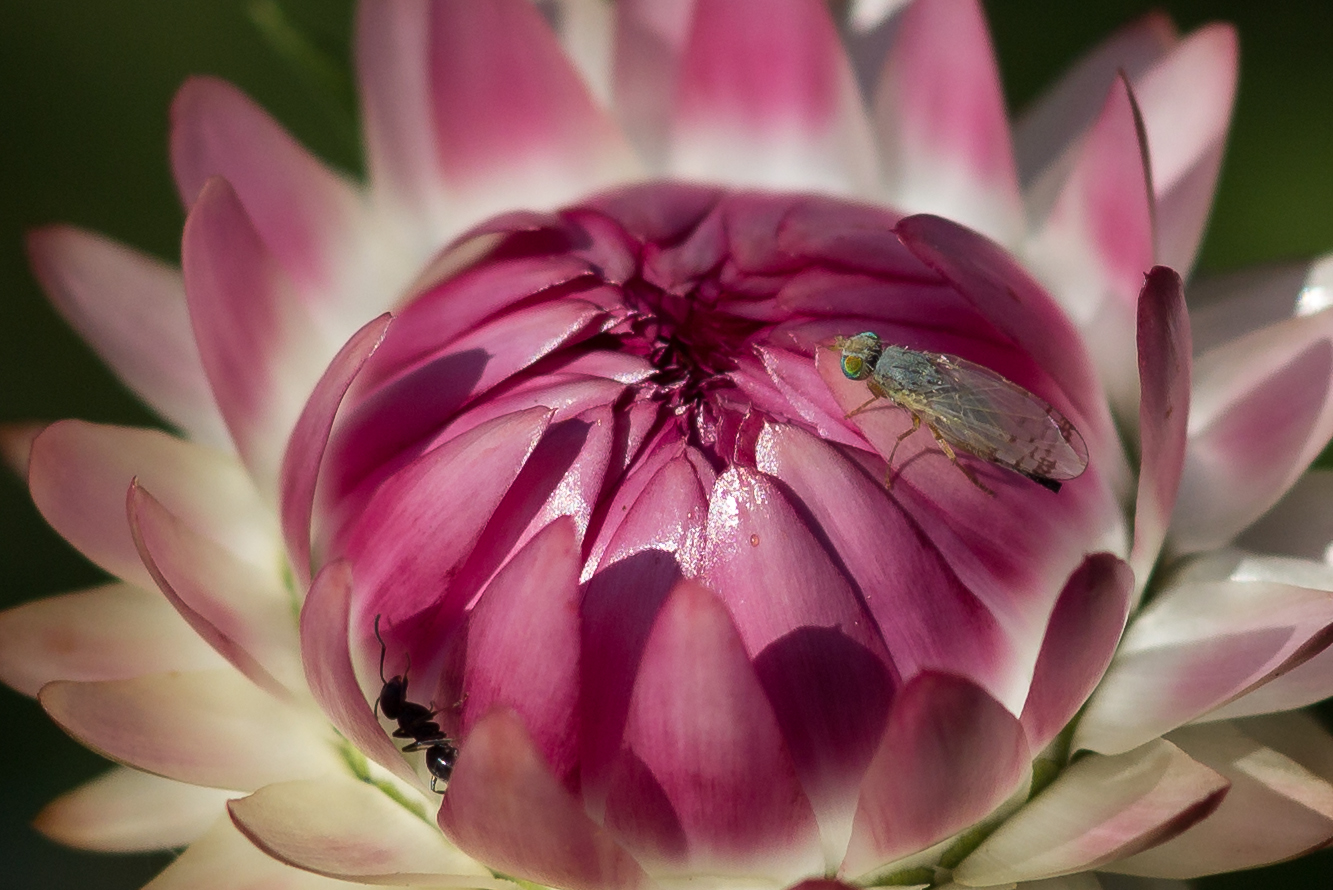We’re on to chapter 4 of Ice Swimmer’s series, Harakka, an Island and today we’re heading toward the water. I’m always drawn to big, open water and these photos show off the sea beautifully. I’ll let Ice Swimmer fill you in on the details.
Chapter 4 – West
The western shore of Harakka is visible from Uunisaari and one conversation with Nightjar in the comments of a posting with a picture of Harakka from Uunisaari sparked the idea to go and explore the island.
There is a path from near the northwestern corner of the Artists’ Building to the other side of the earthworks behind the building. The path leads to cliffs on the western shore of Harakka. When looking southwest from the path one can see some islands, but also open sea.












































